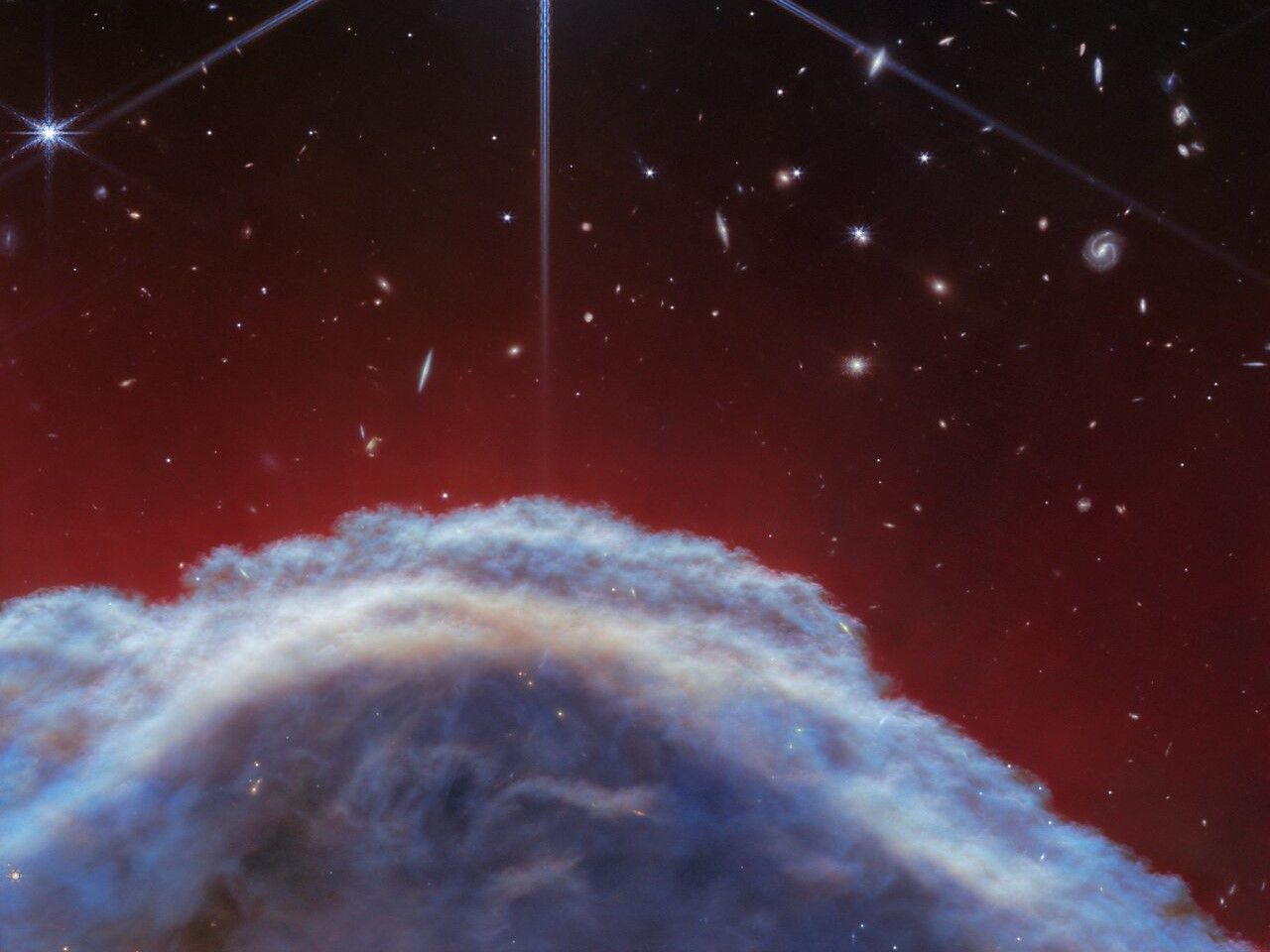The scientific community faces an enormous mystery. Deep in the Earth’s mantle, about 2,900 kilometers underground, two giant masses protrude beneath West Africa and the Pacific Ocean. They are layers of rock with amazing behaviour. When an earthquake occurs, seismic waves slow down as they pass through this mysterious material, indicating that its composition is denser than the rest of the Earth’s mantle. On Wednesday, an international team of researchers published a wonderful hypothesis: These masses, which cover thousands of kilometers, are the remains of another planet, embedded in the Earth after it collided with it. 4.5 billion years ago.
Chinese geologist Qian Yuan He admitted it was “Crazy idea” When he submitted it two years ago In a virtual conference. Now his team has developed and published it In the magazine nature, a showcase of the best science in the world. It’s not a crazy idea anymore. “With the new evidence, I would say this is very likely,” Yuan explains to El País. The authors mention this Half a century ago The theory that the Moon was formed by the products of the Earth’s collision with another young celestial body the size of Mars has gained strength. In this scenario, the embryonic planet, called Theia or Theia, collided with the early Earth. Computer simulations by Qian Yuan and his colleagues suggest that part of the molten mantle penetrated the original Earth’s mantle and solidified, then sank and formed large-scale anomalous seismic zones that are now of interest to scientists. In Greek mythology, the goddess Thea was the mother of Selene, the personification of the moon.
The authors point out that 8% of the Earth’s mantle is composed of iron oxides, compared to the estimated 10% for the Moon. The team estimates that the tea mantle was also richer in iron, which explains why it sank as deep as the edge of the Earth’s core. Geophysicist Edward GarneroHe was from Arizona State University (USA), one of the scientists who received the “crazy idea” with interest two years ago. “I think it’s totally doable, until someone shows me it’s not,” he declared at the time. To the magazine Sciences. Now Garnero himself signs the new study with Qian Yuanfrom the California Institute of Technology.
The researchers estimate that a significant amount of the mantle, equivalent to 2% of Earth’s mass, was embedded in the Earth’s mantle. Among the signatories is also the Chinese professor Hong Bing Ding, from the Shanghai Astronomical Observatory. “Our findings challenge the traditional idea that a large impact caused the homogenization of the early Earth,” Deng said in a statement. “The large impact that formed the Moon appears to be the origin of early mantle heterogeneity and represented the starting point of Earth’s geological evolution over 4.5 billion years,” Deng explains.
The authors defend that these mysterious anomalous seismic zones in the Earth’s mantle are a simple “natural consequence” of the collision that gave rise to the Moon, but they also mention other hypotheses that they consider unlikely, such as Solidification of magma Or the accumulation of subducted oceanic crust in subduction zones.
Earthquake scientist Jenny Jenkins He explained a few years ago In the magazine Sciences That tea residue could just be a grave in a planetary cemetery. Scientists have found More dense material bags Deep in the mantle, there may be remnants of other small planets that collided with early Earth, according to Jenkins, of Durham University (UK). Geologist Qian Yuan agrees. “It’s possible, but it’s also possible that these things come from a combination of ground cover and tea pith,” he says.
Yuan’s team asserts that this heterogeneity in the Earth’s mantle could come to the surface in events such as those that formed volcanic islands in Iceland and Hawaii. And in the nearby black basalt rocks in these places, there could be chemical evidence of the major impact that led to the appearance of the Moon 4.5 billion years ago.
You can follow Theme in Facebook, s And Instagramor sign up here to receive Our weekly newsletter.





